

Coastal Flooding Increase
Global sea level rise has elevated tidal systems, causing tides to reach higher and extend significantly further inland along low-lying coastlines. Small vertical increases in sea level can translate into large increases in horizontal reach by storm surge. Coastal flooding is also a problem on storm-free days. High tides are getting higher, leading to an increase in what's known as "nuisance flooding", or flooding during high tides that leads to public inconveniences such as road closures.
Read More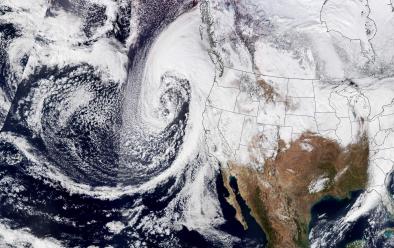
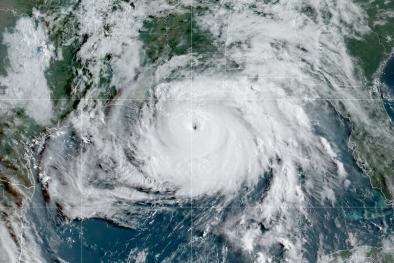
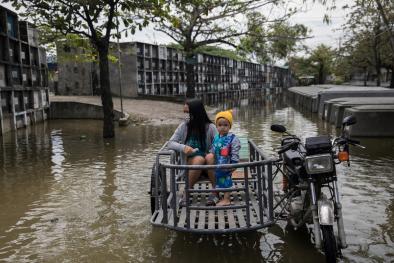
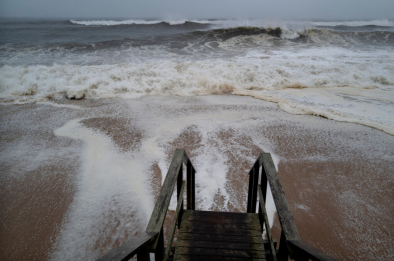
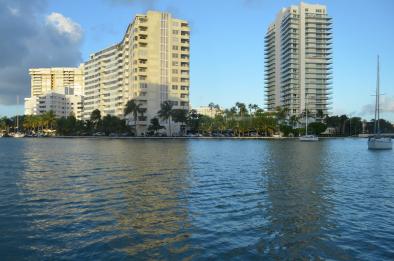

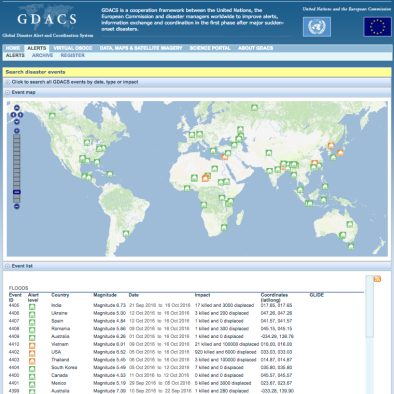

Background information
Coastal storms ride on top of rising seas
Climate change has already contributed about 8 inches (0.19 meters) to global sea level rise,[1] and this has amplified the impact of storms by increasing baseline elevations for waves and storm surge — thus worsening coastal flooding.[2]
Small vertical increases in sea level can translate into large increases in horizontal reach by storm surge depending upon local topography. For example, sea level rise extended the reach of Hurricane Sandy by 27 square miles, affecting 83,000 additional individuals living in New Jersey and New York City[3] and adding over $2 billion in storm damage.[4]
While sea level rise may be modest relative to the total height of storm surge, disaster usually strikes when a threshold is crossed. Human infrastructure and natural systems have developed to cope with a range of historical extremes. New, more intense extremes can overwhelm and collapse existing human systems and structures.
Storm surge is the most significant impact of tropical cyclones in coastal regions[5], and it is also responsible for much of the damage caused by Nor'easter storms during winter along the Atlantic seaboard.
Sea level rise, combined with coastal storms, has increased the risk of erosion, storm-surge damage, and flooding for coastal communities, especially along the Gulf of Mexico, the Atlantic seaboard, and Alaska.[6]
High tides are getting higher
High tides are a problem even on storm free days—a phenomenon known as “nuisance flooding.”[7][8] Sea level rise boosts high tides so that they reach higher and extend further inland than in the past, increasing the risk of coastal flooding during high tide events.
In Florida alone, more than 30,000 people live on land for each vertical inch above the high tide line, averaged across the first six feet.[9] About 5 million people in the United States live less than 4 feet above high tide. Nearly half of them live in Florida.[10]
US coastal flooding trends and climate change
- Since 1950, about two-thirds of the US coastal floods in 27 different locations were linked to human-made warming.[11]
- NOAA water level gauges document an increasing frequency of tidal flooding around much of the US, which is driven primarily by local relative sea level rise.[12]
- Nuisance flooding has already increased 300 to 925 percent due to sea level rise to date.[13]








